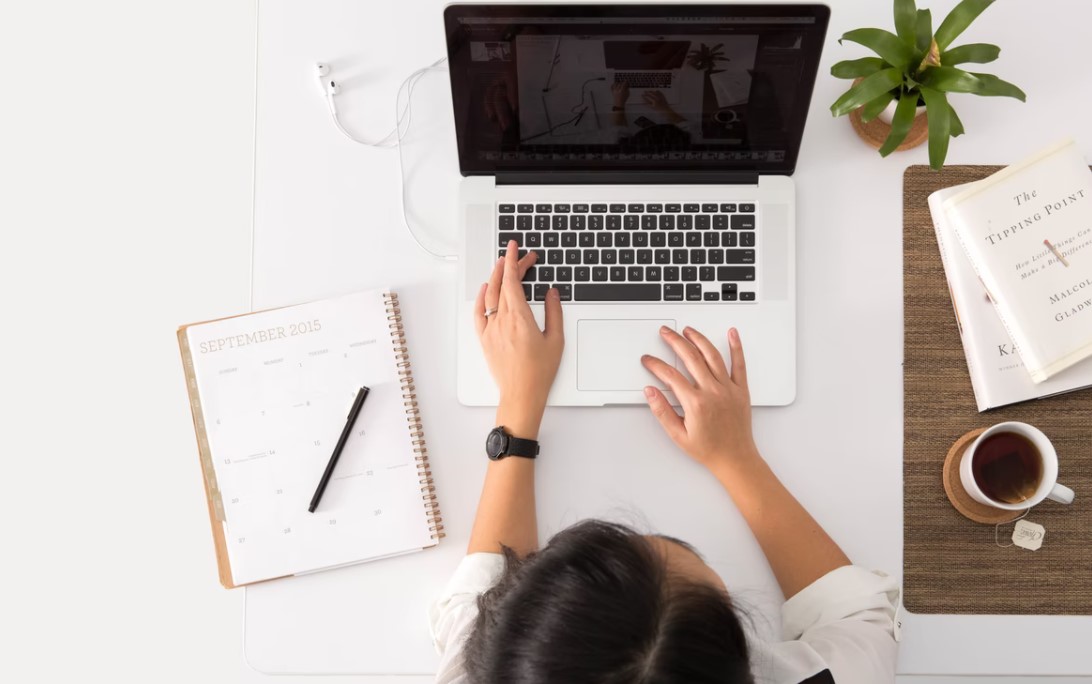
To make it happen to you, we have created this small list of errors that you should avoid when using Photoshop, plus a guide with the best Photoshop shortcuts you should know to make your work more productive.
It does not matter if you are a student who is just learning or an expert who has been working with Photoshop for years, surely these tips will be useful for you from now on.
Keep in mind that you should always look for ways to increase your skills and knowledge to improve your work processes.
Here design experts from JapApp break down these 7 most common errors you might make in Photoshop and how to avoid them:
1. Bad organization of your layers
When working on a complex project, it is easy to find a stack of layers in your Photoshop document. If you do not have an organized and logical way of naming your elements from the beginning, you will be forced to spend a lot of time reviewing an innumerable number of layers with names like (layer 1, layer 7 copy, dynamic object 6, etc.)
Take the habit of creating reference folders for each type of project you make and of erasing each element that you do not use as you progress through the composition. Remember to name each element you use in a simple and clear way, use easy-to-understand descriptions.
This organization becomes very important when working with the files of clients or other designers. In this way, everything will make sense when you return to open the file after a few days or in case someone else has to make changes.
2. Use Photoshop for everything (Logos, Layout, and Animation)
Photoshop is a program for managing bitmap images (jpg, png, gif, etc.), photo editing, and digital painting. Although it can also be used for other types of work, it has its limitations.
If you are designing a logo, you should use a vector program such as Illustrator, Corel, or Inkscape.
If on the other hand, you work in some kind of complex layouts such as a magazine, a brochure, or a manual, InDesign is the option for you.
Some individuals use Photoshop for user experience design because they are comfortable with the app and know how to use it, but this is definitely not the best option.
Each program has been created with a different purpose, by the tide of dealing with each element and by the export files they create, each one destined for a specific purpose. So do not expect to do everything with Photoshop.
3. Excess of Filters and Effects
Photoshop has a lot of filters and effects that can be very “creative“, but they must be used in the right project.
As well as special effects in movies, everything works better when the audience does not notice them.
Options like lens flare, slings, or defocus exist to be used at the right time. Do not overdo the effects and filters because their misuse will create more problems than benefits.
In design as well as in Photoshop: less is more.
4. Align the elements manually
This is a general rule of design, but you should keep it in mind when using Photoshop.
You should always work using guides, columns, the beginning of the thirds, golden proportions, etc.
These references will not only give a touch of professionalism to your pieces, but they will also help you to give a more logical sense of the location of your elements.
Work with reference guides whenever you look for an element in your design, use the “align” option to organize several objects in your composition. Remember that the best designs are governed by a grid.
5. Destroy the original
There’s nothing more frustrating than having to start over because you ruined the initial image.
If you want to correct the colors of an image or edit some element, you must work with adjustment layers, masks, and dynamic objects.
Never make changes directly on the original. Always create a copy of the original when you start and block it so you cannot make changes to it by mistake.
This way your image of origin will remain intact despite the modifications you make to the project and will be available in case you need it.
6. You always use the same tools for everything
Many creatives do not use Photoshop tools as they should and lose time when using the wrong tools.
Tools like selecting, deleting, or moving we know them all, but do you know what the magic eraser does? Or the magnetic selection? Use the rule to create elements “pixel perfect” or do it in a bird’s eye view.
The tools are there to make your work easier, try them, know them and use them, you will see that they will help you save even more time.
7. You only do what you saw in tutorials
A common mistake that is made with Photoshop is to look for solutions to problems in the thousands of tutorials that exist on the Internet, as a result, you end up spending hours doing something that looks identical to the example, but that will not help you because you did not understand how you did it.
Do not get carried away by the “easy” way because I assure you that it can be more difficult.
The first thing you should do is focus on the final goal of the project you are creating, then look for references and finally find the way to achieve the result you want.
A common mistake that is made with Photoshop is to look for solutions to problems in the thousands of tutorials that exist on the Internet.
As a result, you end up spending hours doing something that looks identical to the example, but that will not help you because you did not understand how you did it.
Aston Rhodes is an experienced content creator and marketing expert from a software development company. Aston has been helping authors improve their blogs for over 5 years and turn this hobby into a business. She does research and discussions on tech-related topics. She enjoys sharing her experiences with a like-minded audience and writes about software development, digital marketing, business, career, and more.


















